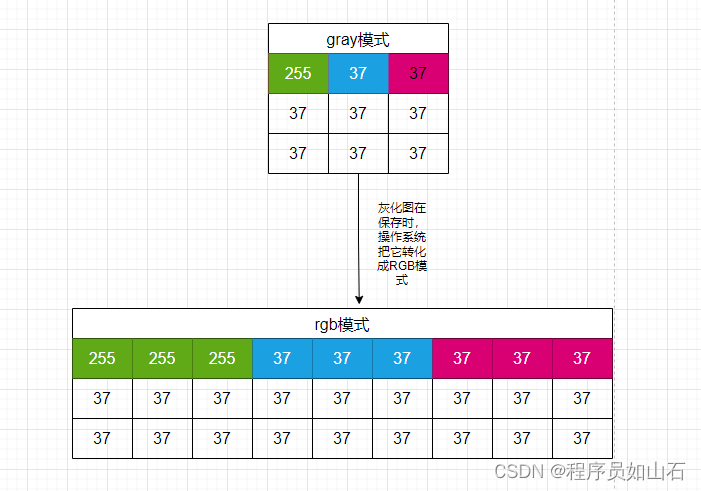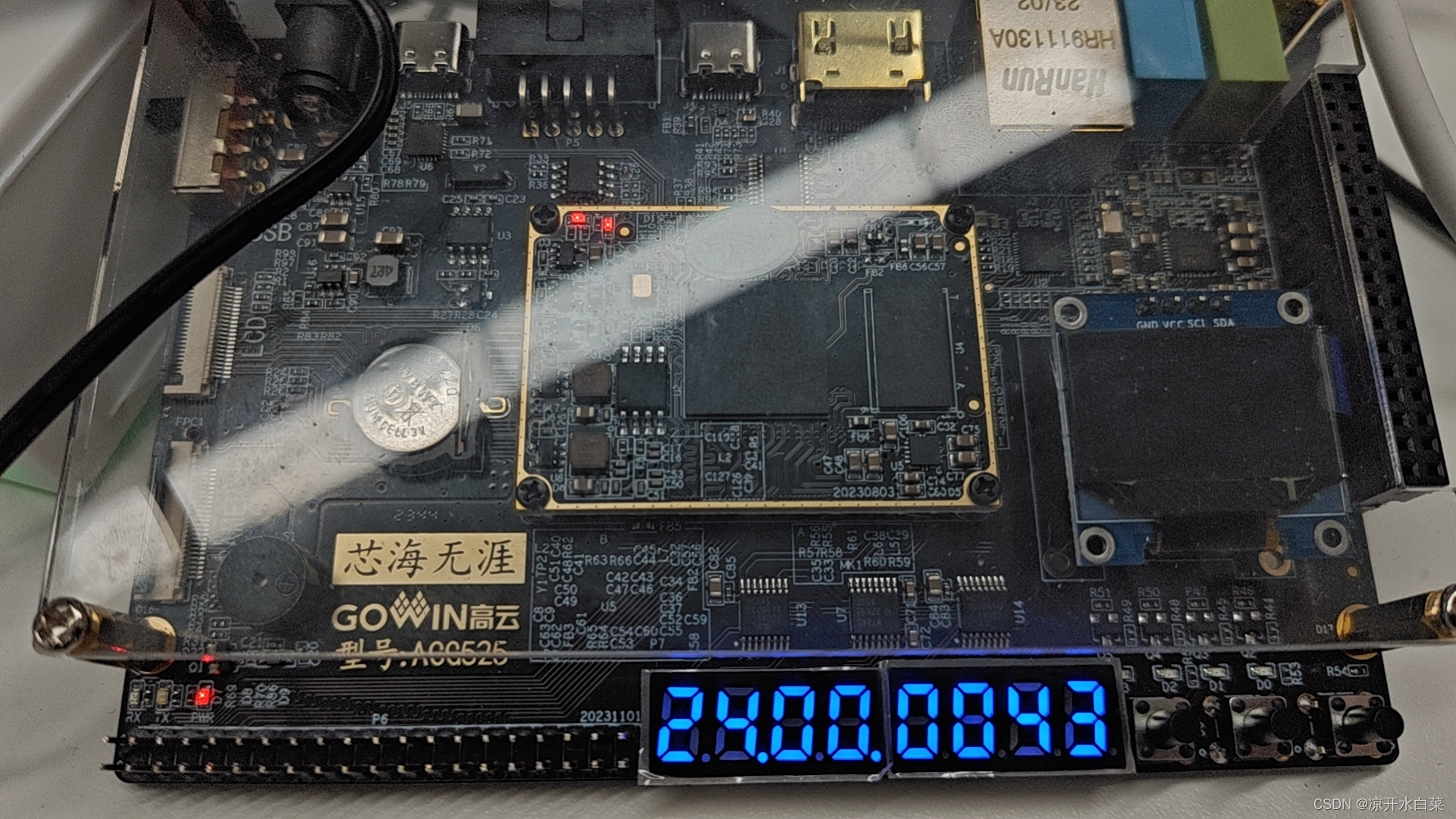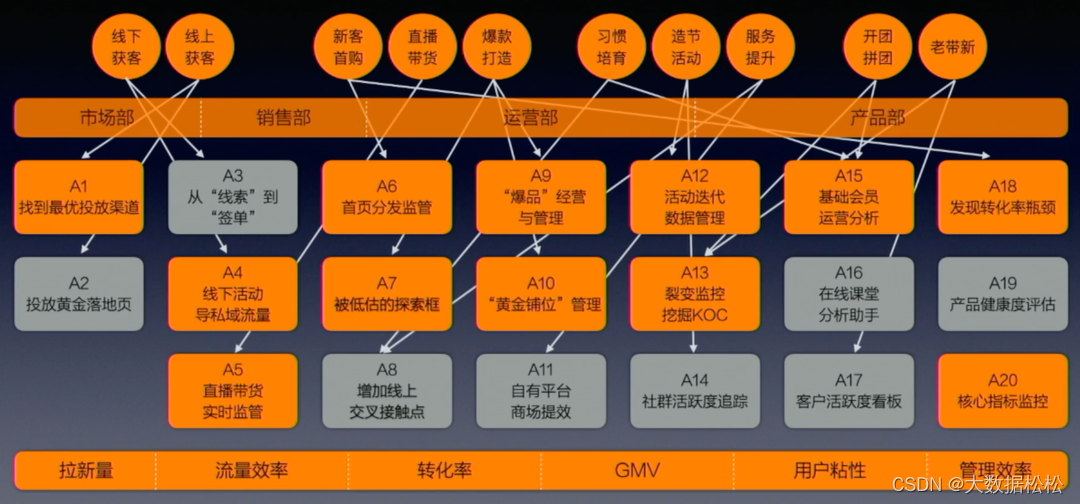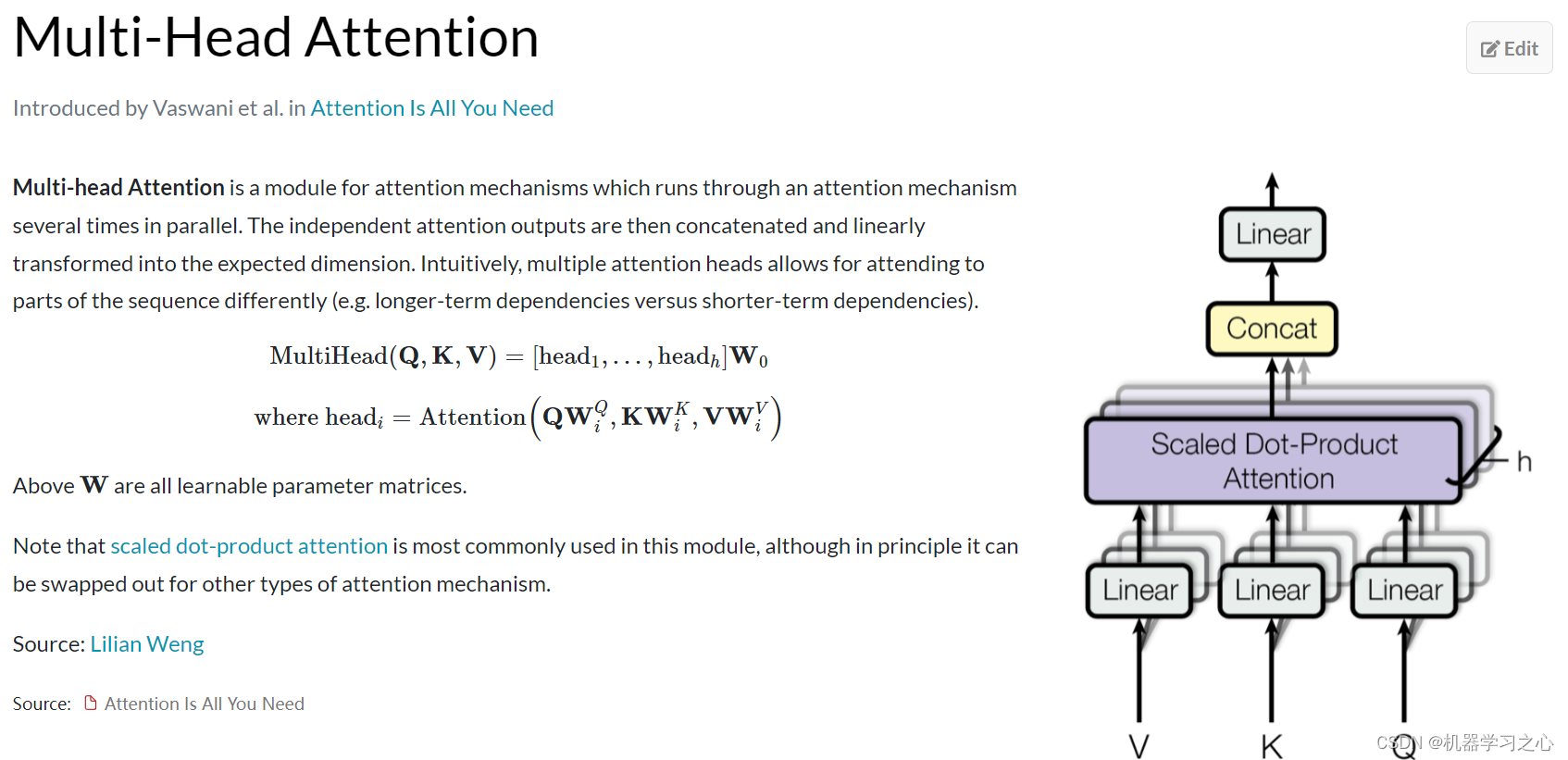
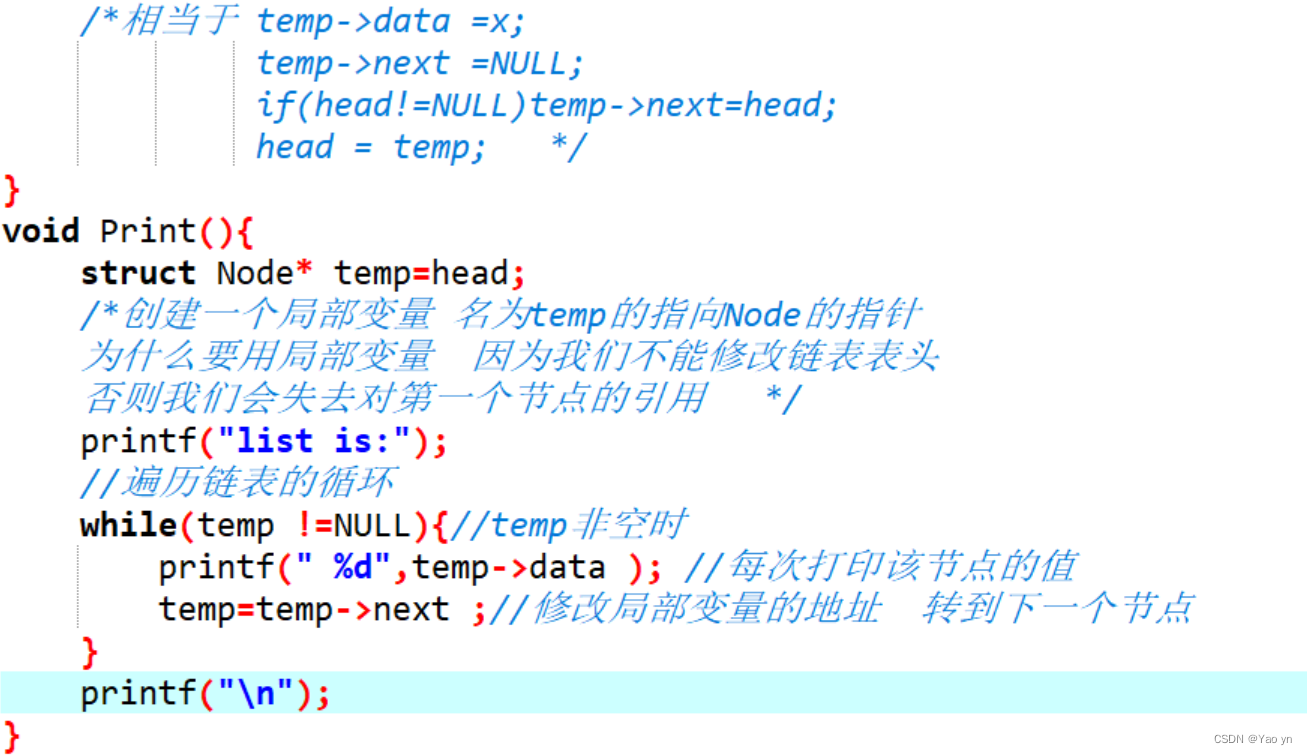
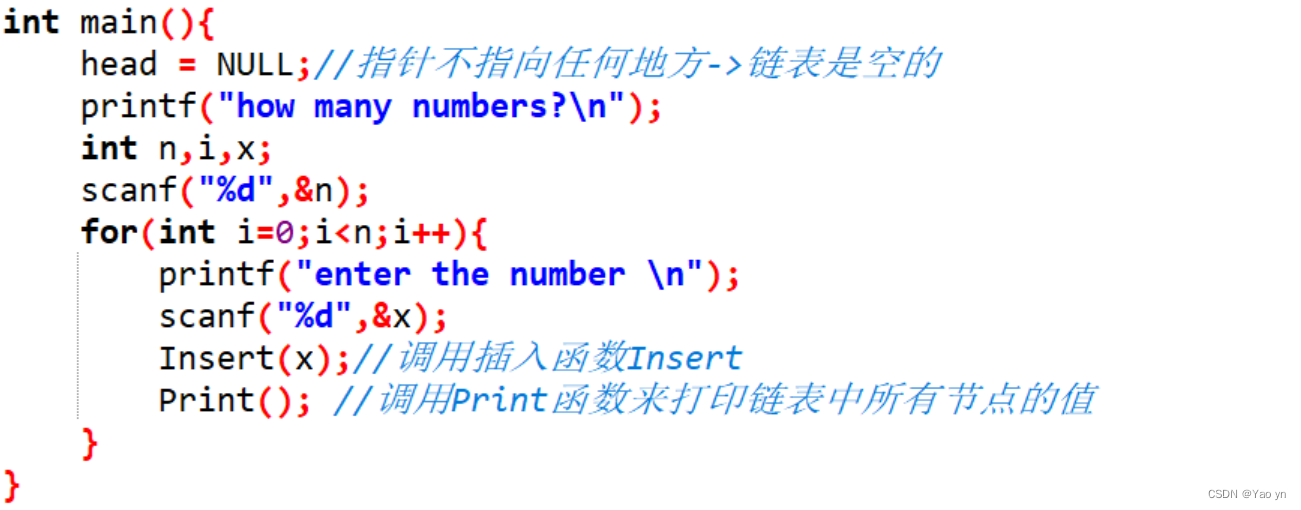
运行情况:
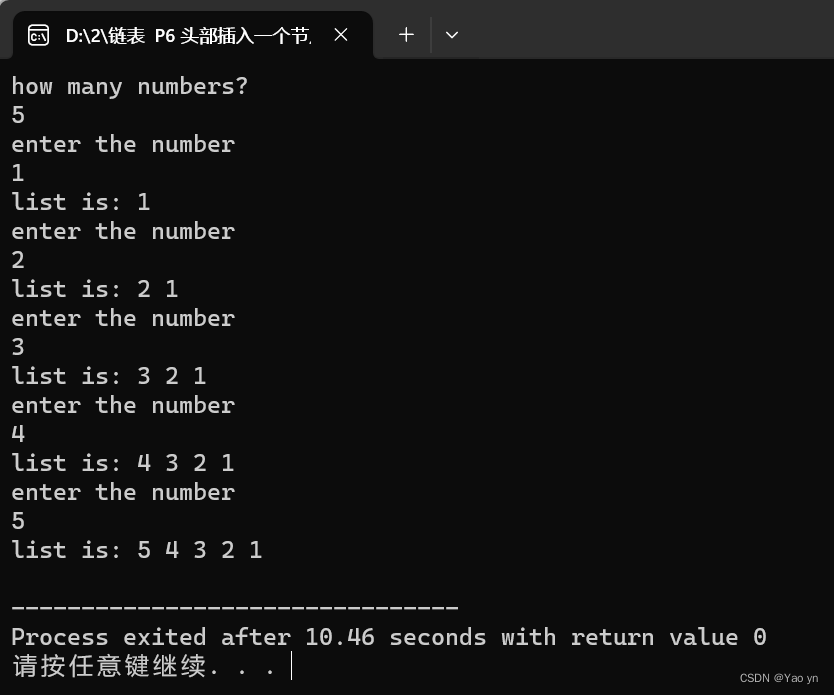
//头部插入一个节点
#include <stdlib.h>
#include <stdio.h>
struct Node {int data;struct Node* next; //这是指向Node的指针,将存储下一个Node的地址
//C语言:struct Node* next;
//C++: Node* next;
};
struct Node* head;//指向Node的指针Node* (全局变量)
void Insert(int x){Node* temp=(Node*)malloc(sizeof(struct Node));//创建节点/*malloc返回指向起始地址的指针 因为malloc返回一个void指针,所以使用(Node*)强制转换 */ //temp是指针变量 我们解引用指针变量以修改此特定节点上的值 temp->data =x;temp->next =head;//涵盖了 链表为空和非空 这两种情况 head = temp; /*相当于 temp->data =x;temp->next =NULL;if(head!=NULL)temp->next=head;head = temp; */
}
void Print(){struct Node* temp=head;/*创建一个局部变量 名为temp的指向Node的指针 为什么要用局部变量 因为我们不能修改链表表头否则我们会失去对第一个节点的引用 */printf("list is:");//遍历链表的循环 while(temp !=NULL){//temp非空时 printf(" %d",temp->data ); //每次打印该节点的值 temp=temp->next ;//修改局部变量的地址 转到下一个节点 } printf("\n"); }int main(){head = NULL;//指针不指向任何地方->链表是空的 printf("how many numbers?\n");int n,i,x;scanf("%d",&n); for(int i=0;i<n;i++){printf("enter the number \n");scanf("%d",&x);Insert(x);//调用插入函数Insert Print(); //调用Print函数来打印链表中所有节点的值 }
}

![[HTML]Web前端开发技术27(HTML5、CSS3、JavaScript )JavaScript基础——喵喵画网页](https://img-blog.csdnimg.cn/direct/52c0c5fe6b45486095dede020d9194cb.png)
